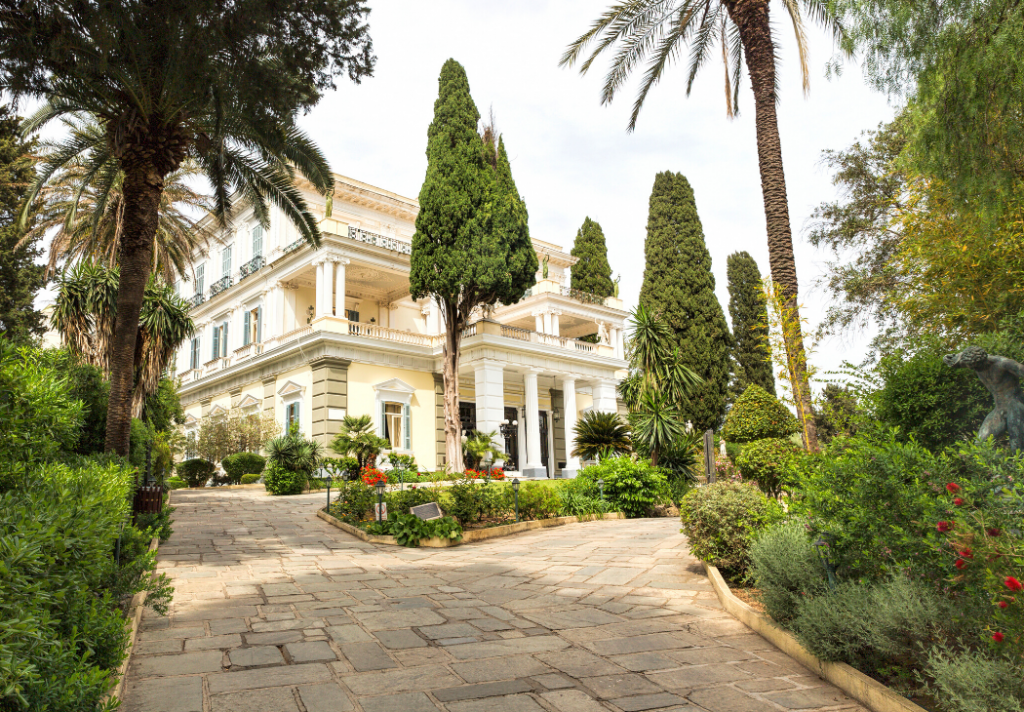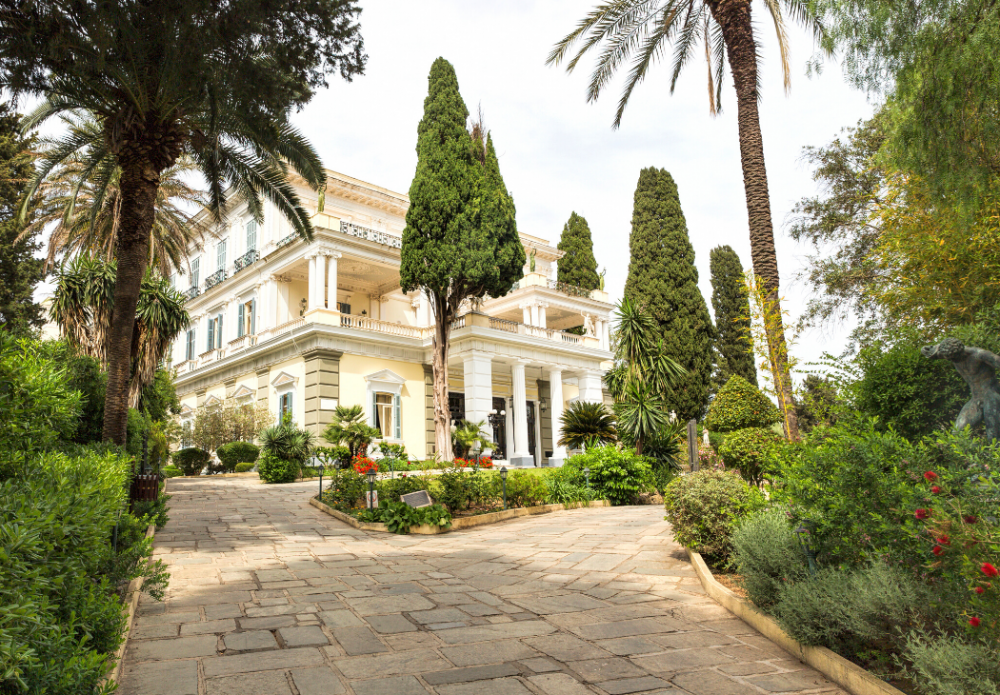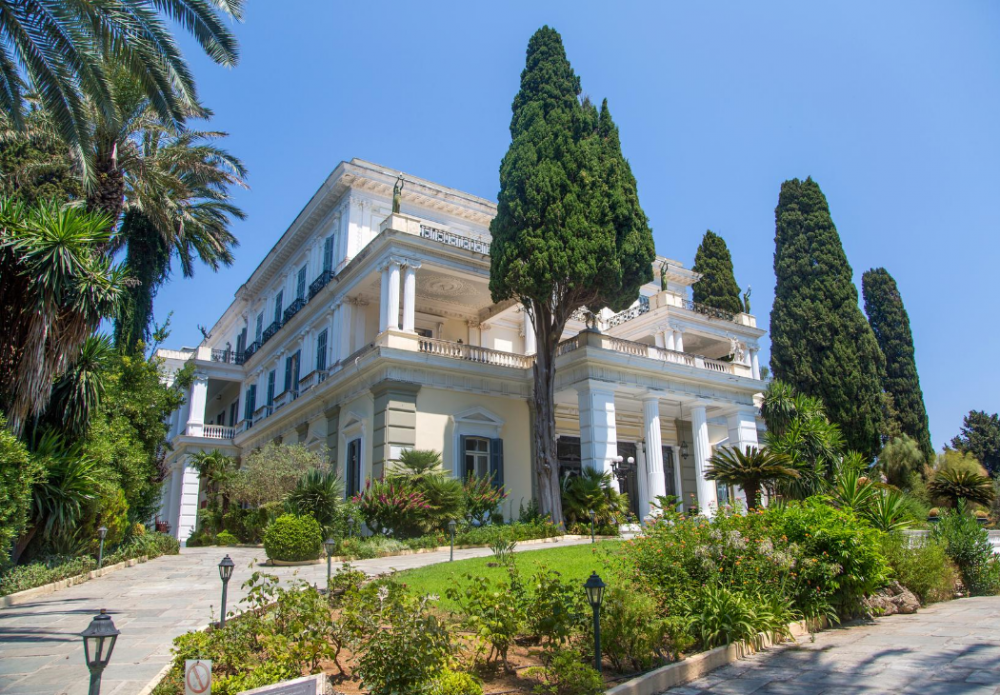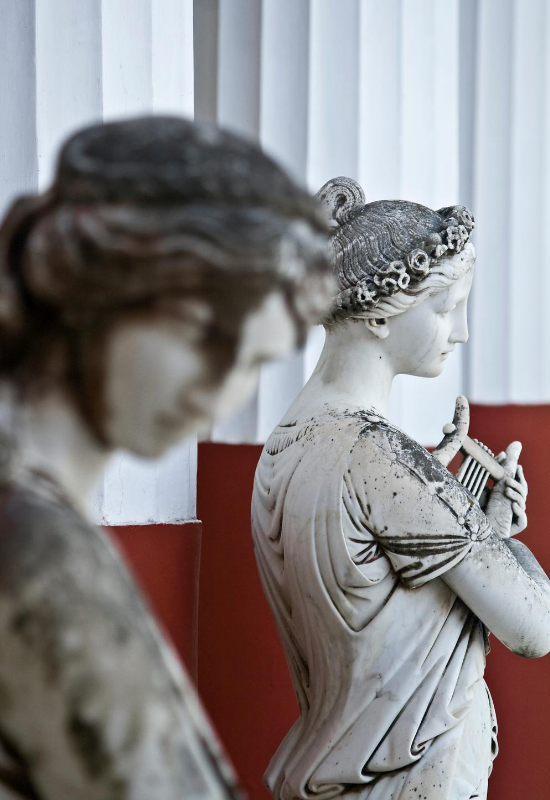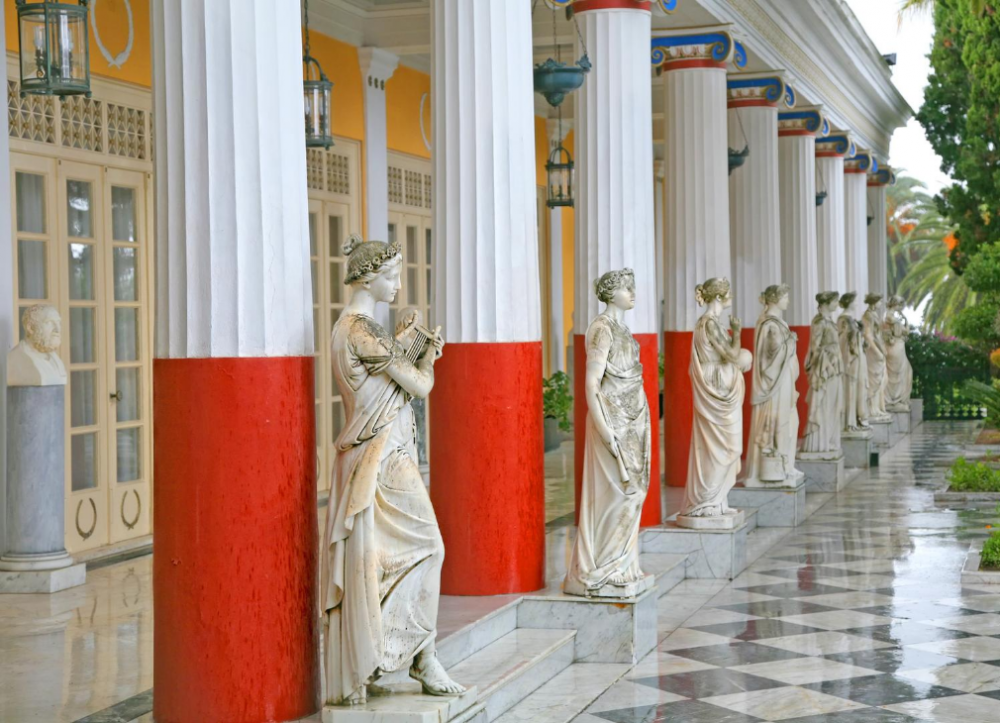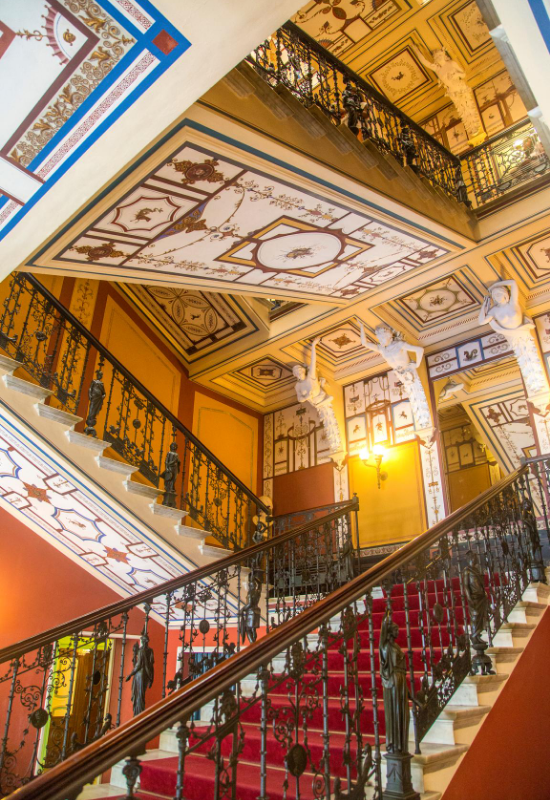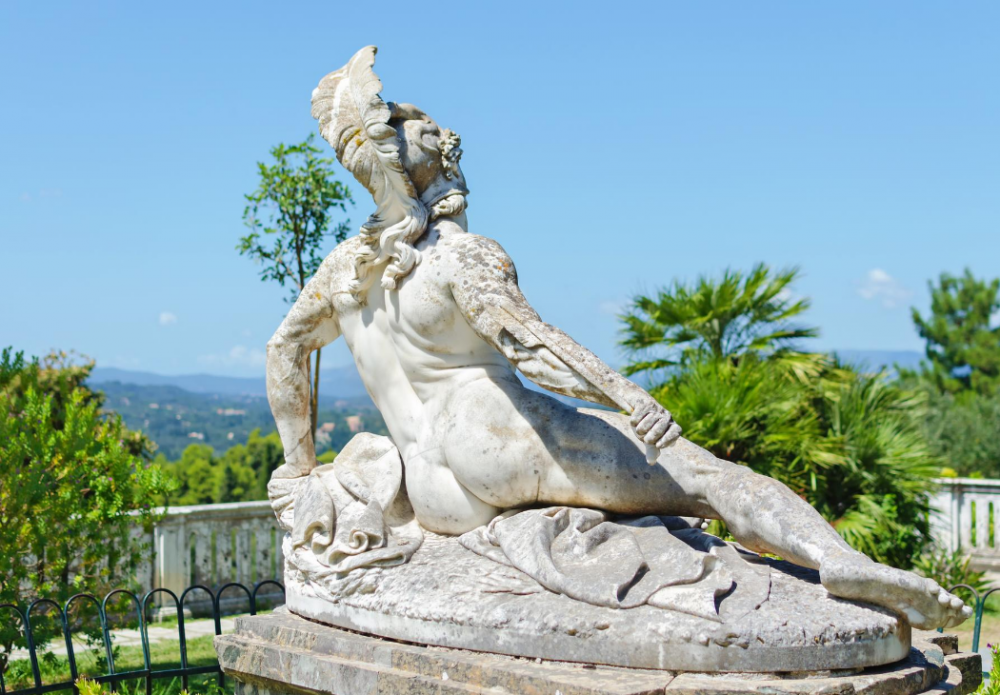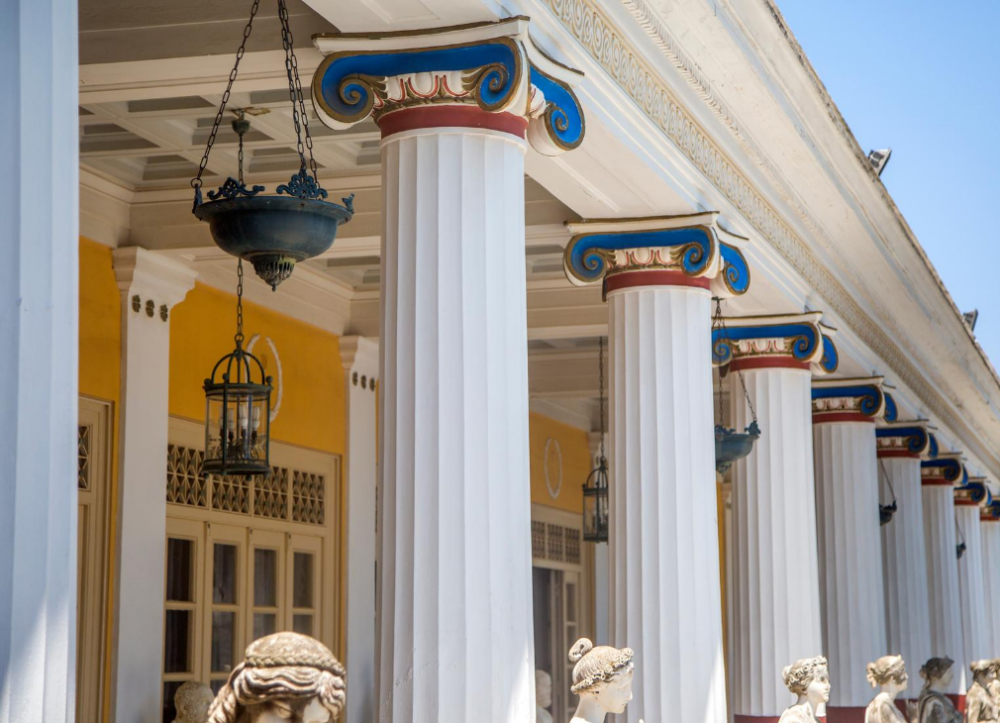Greek legacy of a foreign empress
The fondness and admiration of a foreign empress for the Greece of Classic times, left a legacy on Corfu that is still appreciated by multitudes of visitors more than a century later.
Elisabeth, empress of Austria-Hungary, travelled extensively and on a visit to Corfu she fell in love with a property in Gastouri, called Villa Vraila, belonging to the philosopher-diplomat Petros Vrailas Armenis. He gave it to her as a gift.
She had the original dwelling demolished, and replaced it with a splendid palace.
Popularly called Sisi, she was a tragic woman, dominated by her mother in law. Her son committed suicide together with his mistress, and she herself was assassinated during a visit to Geneva in 1898.
Yet she was always a romantic at heart, and gave free reign to her imagination on designing the palace, eventually called the Achilleion, in dedication to the ancient Greek hero Achilles.
Architecturally the design was chosen to depict an imaginary palace in the mythical land Phaeacia, purported to be the Corfu of today, the last destination visited by Odysseus, the hero of Homer’s Odyssey.
Three spectacular works of art dedicated to Sisi’s hero stand out in the palace and its grounds.
The upper level of the main hall displays a gigantic painting– The Triumph of Achilles, by Franz van Matsch – portraying a victorious Achilles dragging the body of Hector, whom he had slain in the battle of Troy, behind his chariot.
Depicting the dying Achilles, a large sculpture by Ernst Herter, forms the centerpiece of the palace garden.
Another imposing statue in bronze by Johannes Götzis showing the muscled hero in the prime of his life, guarding over the garden.
This was commissioned by the German emperor Wilhelm II when he bought the Achilleion in 1907 as a summer retreat from Sisi’s heir, her daughter Gisela.
During the period that he owned the property, it played an important role in European diplomacy, with the Kaiser entertaining many important guests there.
The ancient Greek theme is continued with columns and statues – the latter including philosophers and the nine muses, the gods Apollo and Hermes, and the goddesses Aphrodite and Artemis.
From the upper terrace the observer enjoys the most wonderful view across splendid green hills and valleys northwards to Corfu Town, panning from there across the turquois Ionian Sea to the beautiful panoramas of Southern Corfu.
The French and Serbian military used the Achilleion as a hospital during World War I. After the war the Treaty of Versailles awarded the property to the Greek government as part of war reparations.
Between the two World Wars a number of government departments were housed in the building and some of the artefacts were actioned off.
Today it is a museum and the public get the opportunity to delight in some of the pomp and splendor of days gone by.
Thanks to Sisi a large hunk of romance of Classic Greece is kept alive on Corfu in this manner.






